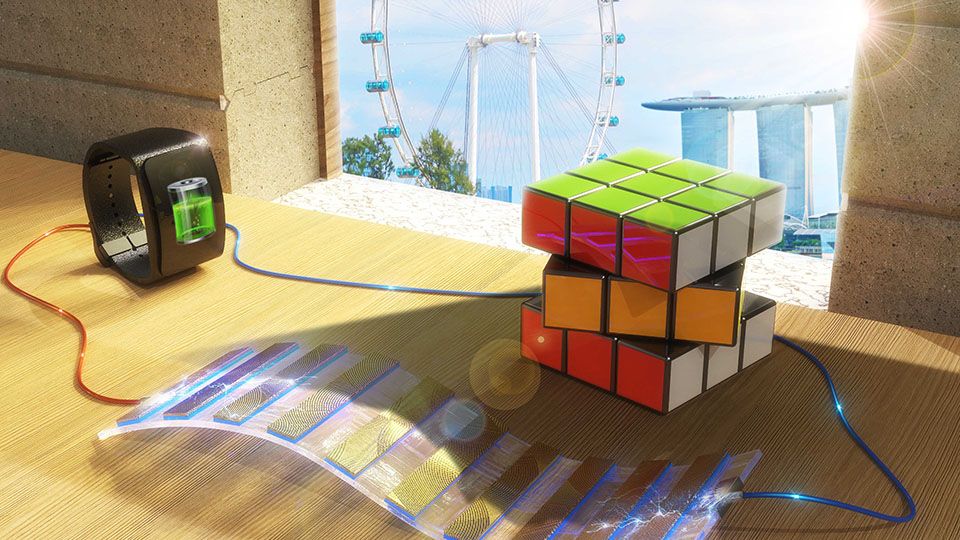India has decided to hold firm on the border standoff with China along the Line of Actual Control in Ladakh and has moved troops to counter the People’s Liberation Army soldiers.



Most preppers are not in fact preparing for doomsday – they’re everyday people who anticipate and try to adapt for many conditions of calamity; conditions that they believe are inevitable and have been exponentially escalated through human hubris and excessive reliance on technology and global trade networks. While the disasters they anticipate might – at the more extreme end of the spectrum – include major “resets” like an all-out nuclear war or a massive electromagnetic pulse from the Sun that would fry our fragile electronics, most preppers stockpile for low to mid-level crises like the one the world is experiencing now.
For some, the current crisis is a dummy run for long-term lockdown. Across the world, luxury bunkers are being built for a lucky few to survive calamity and collapse.

NASA and SpaceX officials have given the “go” for launch on a mission that will return human spaceflight to the International Space Station from U.S. soil on an American rocket and spacecraft as a part of our NASA Commercial Crew Program.
Tune in to https://nasa.gov/live starting at 6 p.m. EDT to hear updates from #LaunchAmerica mission experts.

Researchers have created a device called a ‘shadow-effect energy generator’ that makes use of the contrast in illumination between lit and shadowed areas to generate electricity. This novel concept opens up new approaches in harnessing indoor lighting conditions to power electronics.
Shadows are often associated with darkness and uncertainty. Now, researchers from the National University of Singapore (NUS) are giving shadows a positive spin by demonstrating a way to harness this common but often overlooked optical effect to generate electricity.
“Shadows are omnipresent, and we often take them for granted. In conventional photovoltaic or optoelectronic applications where a steady source of light is used to power devices, the presence of shadows is undesirable, since it degrades the performance of devices. In this work, we capitalised on the illumination contrast caused by shadows as an indirect source of power. The contrast in illumination induces a voltage difference between the shadowed and illuminated sections, resulting in an electric current. This novel concept of harvesting energy in the presence of shadows is unprecedented,” explained research team leader Assistant Professor Tan Swee Ching, who is from the NUS Department of Materials Science and Engineering.
The owner of a cocktail bar in the UK has turned to physics in an attempt to force his customers to actually talk to other instead of just staring at social media all night.
Steve Tyler, who owns the Gin Tub in East Sussex, has built his very own Faraday cage around the establishment to block mobile phone signals from entering the building.
It’s a pretty ingenious (but controversial) move that involves installing metal mesh in the walls and ceiling of the bar to essentially filter out electromagnetic signals before they enter the building.



The 5G revolution has begun, and the first lines of phones that can access the next generation of wireless speeds have already hit the shelves. Researchers at The University of Texas at Austin and the University of Lille in France have built a new component that will more efficiently allow access to the highest 5G frequencies in a way that increases devices’ battery life and speeds up how quickly we can do things like stream high-definition media.
Smartphones are loaded with switches that perform a number of duties. One major task is jumping between networks and spectrum frequencies: 4G, Wi-Fi, LTE, Bluetooth, etc. The current radio-frequency (RF) switches that perform this task are always running, consuming precious processing power and battery life.
“The switch we have developed is more than 50 times more energy efficient compared to what is used today,” said Deji Akinwande, a professor in the Cockrell School of Engineering’s Department of Electrical and Computer Engineering who led the research. “It can transmit an HDTV stream at a 100 gigahertz frequency, and that is unheard of in broadband switch technology.”

The ability to estimate the physical properties of objects is of key importance for robots, as it allows them to interact more effectively with their surrounding environment. In recent years, many robotics researchers have been specifically trying to develop techniques that allow robots to estimate tactile properties of objects or surfaces, which could ultimately provide them with skills that resemble the human sense of touch.
Building on previous research, Matthew Purri, a Ph.D. student specializing in Computer Vision and AI at Rutgers University, recently developed a convolutional neural network (CNN)-based model that can estimate tactile properties of surfaces by analyzing images of them. Purri’s new paper, pre-published on arXiv, was supervised by Kristin Dana, a professor of Electrical Engineering at Rutgers.
“My previous research dealt with fine-grain material segmentation from satellite images,” Purri told TechXplore. “Satellite image sequences provide a wealth of material information about a scene in the form of varied viewing and illumination angles and multispectral information. We learned how valuable multi-view information is for identifying material from our previous work and believed that this information could act as a cue for the problem of physical surface property estimation.”
Exploring the Gold colour planet of our Solar system — Saturn.